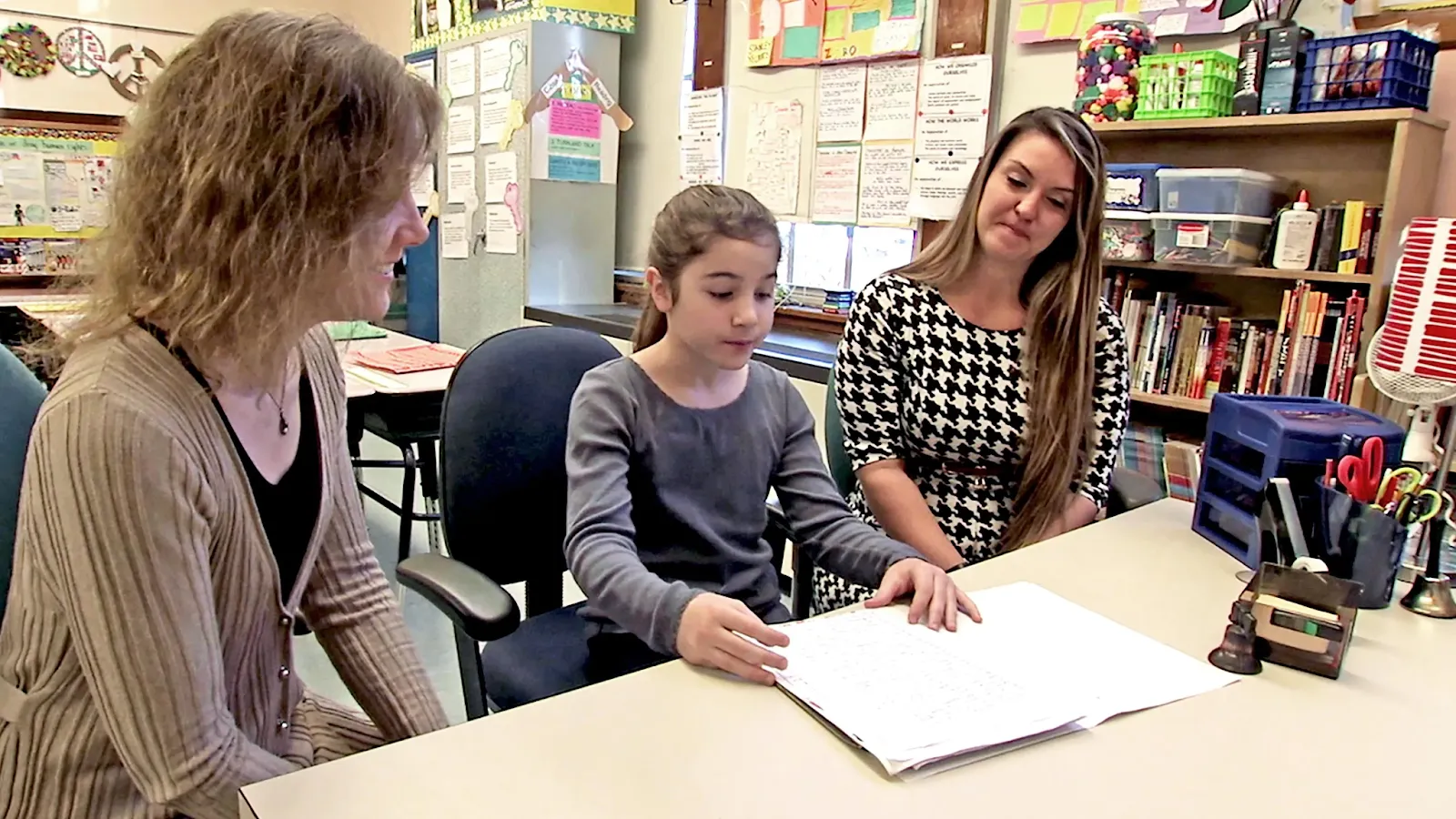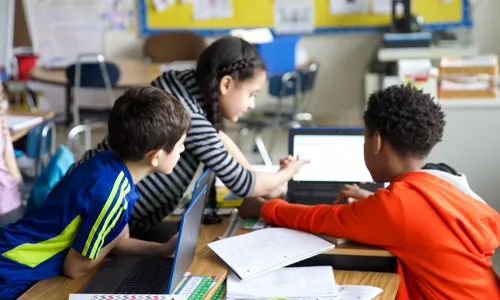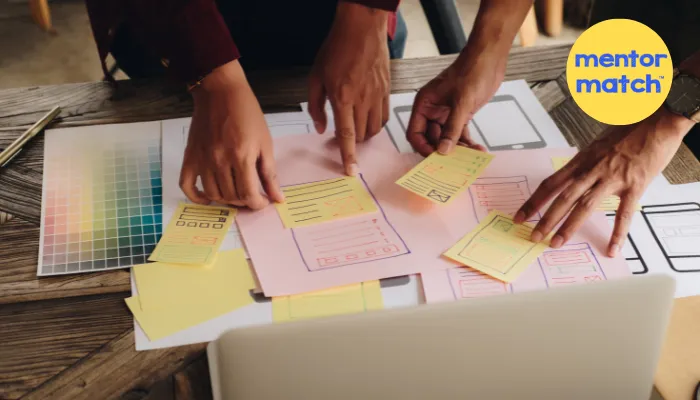
77.32% of parents see better grades in 3 months!
Every child learns in a unique way.
Some students breeze through math problems but freeze at the sight of an essay prompt.
Others love reading but struggle with hands-on science experiments.
The magic of personalized learning strategies lies in meeting each child where they are and offering them the tools to succeed in their own way.
But let’s be honest, most advice out there on personalized learning feels a bit stale, filled with the same tips on differentiated instruction and adaptive tech.
We’re here to change that.
So, how do we personalize learning in ways that are practical and truly engaging?
Forget the one-size-fits-all approach.
It’s time to explore strategies that are innovative, out-of-the-box, and fun for both parents and students alike.
10 Creative Personalized Learning Strategies
Tired of the same old methods?
Let’s shake things up!
These 10 personalized learning strategies are anything but basic.
From student-designed assessments to passion projects that tap into what kids really care about, these ideas will transform how your child learns.
See these strategies in action with MentorMatch—book a free demo and let’s create a learning adventure that’s as unique as your child!
Ready to ditch the cookie-cutter approach?
Let’s dive into some fresh and fun ways to make education truly personal!
1. Micro-Mentorship Networks: Small Connections, Big Impact
We’ve all heard the phrase “it takes a village.”
Well, that village can play a powerful role in personalized learning strategies.
Micro-mentorship is a system where students connect with older peers, community members, or even professionals in fields they’re interested in.
These mentors don’t need to be full-time or formal; the idea is to provide small, regular guidance in areas that spark a student’s interest.
For example, if a student is curious about coding, why not connect them with a local college student studying computer science?
They could work on mini-projects, troubleshoot problems, or simply discuss career paths.
Micro-mentorship adds a real-world element to learning, making it relevant and personalized in a way that textbooks often can’t match.
2. Student-Led Conference Days

We’re flipping the script on traditional parent-teacher conferences.
Instead of having parents listen to the teacher explain how little Johnny is doing, why not let Johnny take the wheel?
In student-led conferences, kids showcase their own progress—through presentations, portfolios, or even a hands-on demonstration of what they’ve learned.
Imagine a fourth-grader standing up in front of their parents and teacher, explaining how they solved a tough math problem or sharing their creative writing journal.
They’re not just learning; they’re also learning how to explain their own learning.
This strategy makes the process more personal, empowering students to take ownership and pride in their progress.
It’s one of the most powerful personalized learning strategies because it’s centered around student choice and voice.
3. Tracking Achievements, Their Way
Let’s face it—traditional grading doesn’t capture everything a child learns.
Some kids excel in problem-solving, others in creativity, while some show leadership in group projects.
A learning passport system allows students to earn stamps or badges for mastering different skills.
Each "passport" is personalized to the student’s interests and learning style.
For instance, a student could earn a “coding whiz” stamp for mastering a particular level in a coding game or a “teamwork hero” badge for collaborating on a group project.
This passport system can track both academic and soft skills, like leadership or perseverance, making it a holistic way to personalize learning.
The best part?
Kids love tracking their progress visually, and it turns learning into a more engaging and gamified experience.
Also Read: Creating Personalized Learning Plans for K-12 Students
4. The Surprise Box: Making Learning Fun and Unpredictable
Routine can get boring fast, and students often lose interest when they know exactly what’s coming next.
Enter the Surprise Box!
This is a literal box in the classroom that’s filled with challenges, tasks, or projects tailored to different interests and learning styles.
Every week, students take turns drawing from the box, which could contain anything from a puzzle-solving activity to a creative writing prompt or an arts-and-crafts-based science project.
The element of surprise keeps students excited and engaged, while the flexibility of the tasks ensures that each child can work at their own level.
By making these activities cross-disciplinary and varied, you’re incorporating personalized learning strategies that keep the classroom environment dynamic and exciting.
5. Flexible Learning Spaces: Designed for Their Mood and Energy Levels
Imagine walking into a classroom and instead of rows of desks, you see learning stations designed for different moods and activities.
One corner has comfy bean bags for quiet reading, another has a standing desk for kids who like to move, and there’s even a collaboration table for group work.
Students can choose where they want to learn based on their energy levels or mood that day.
This strategy recognizes that learning isn’t static—just like adults, kids have fluctuating energy and focus.
Sometimes they’re ready to tackle big challenges, and sometimes they need a calm, reflective space.
By letting them choose their own learning environment, you’re personalizing the experience in a way that respects their individuality and emotional needs.
6. Mindfulness Journals: Reflecting on the Emotional Side of Learning
When we talk about learning, we often forget the emotional element.
Kids face anxiety, frustration, excitement, and pride, sometimes all within the same lesson.
A mindfulness journal encourages students to reflect not just on what they’ve learned, but how they felt during the process.
Imagine a student writing, “Today, I felt frustrated when I couldn’t solve the math problem right away, but after asking for help, I felt proud that I didn’t give up.”
This kind of reflection helps teachers understand emotional patterns and personalize learning to better support students’ mental well-being.
It’s a simple tool that packs a big punch in terms of emotional intelligence and growth.
7. Choose-Your-Own-Adventure Curriculum
We’ve all read those “choose-your-own-adventure” books where each decision takes the reader down a different path.
Why not use this concept in education?
A choose-your-own-adventure curriculum allows students to make choices about how they want to engage with a subject.
For example, in a history unit, a student could choose between studying the political landscape of a period or focusing on cultural developments.
Similarly, in a science class, they could choose between conducting an experiment or creating a visual presentation on the topic.
By letting students select their learning pathways, you’re making the process more engaging and personalized.
Each choice they make gives them agency and ownership over their learning journey.
8. Student-Designed Assessments: The Ultimate Ownership

Let’s push the boundaries even further.
Why not let students design their own assessments?
They could create their own quizzes, tests, or projects to demonstrate what they’ve learned.
This isn’t about taking the easy way out—it’s about encouraging students to think critically about what’s important in their learning and how to measure it.
For example, after completing a unit on fractions, a student might create a real-world problem involving cooking or budgeting to demonstrate their understanding.
Teachers can provide guidelines to ensure assessments meet academic standards, but the creativity and personalization come from the students themselves.
When kids design their own assessments, they’re thinking deeply about how they’ve learned—and that’s personalized learning at its best.
Also Read: Online Tutoring for K-12 and Higher Education Students
9. Making Education Relevant to Their World
One way to personalize learning is to connect it to students’ immediate surroundings—their community, history, or local environment.
For instance, students might study math through a project on local business finances or learn about environmental science by examining the ecosystems in their area.
This approach makes learning more relevant, engaging, and practical.
Imagine a classroom in a coastal town where students learn about tides, marine biology, and conservation efforts happening right outside their door.
This hyper-local approach ensures that education is not just abstract but deeply connected to the students’ daily lives, making it a truly personalized learning strategy.
10. Celebrating Effort, Not Just Results
Finally, let’s incorporate growth mindset circles into the classroom.
At the end of each week, students gather in a circle to share one thing they worked hard on, regardless of the outcome.
It could be as simple as, “I didn’t understand fractions on Monday, but I practiced every day, and now I get it a little more.”
These circles encourage students to focus on effort, perseverance, and improvement rather than perfection.
It’s a personalized learning strategy because each student’s journey is unique.
By celebrating growth, you’re helping to build resilience and fostering a positive learning environment where every child feels valued for their hard work.
With these fresh approaches, personalized learning becomes more than just a buzzword—it turns education into an exciting, meaningful journey for every student.
Now, let’s bring it all together and see how these strategies can truly make a difference in the classroom!
Conclusion
Personalized learning doesn’t have to be cookie-cutter or confined to traditional methods.
When kids get the freedom to explore their interests and learn in ways that truly resonate with them, magic happens.
Whether it’s through passion projects, student-led lessons, or creative learning passports, the possibilities are endless.
Want to see how personalized learning can work for your child?
MentorMatch can make that happen—book a free demo today and let’s design a learning experience that’s just as unique as your child! Let’s make learning personal (and fun)!



.png)
.webp)
.webp)